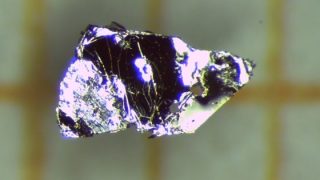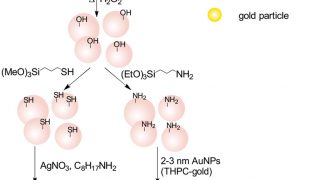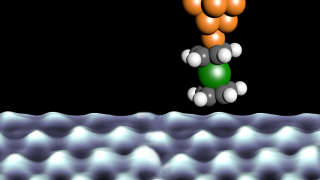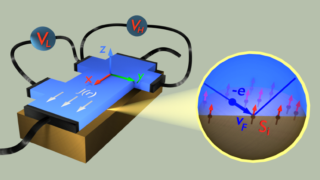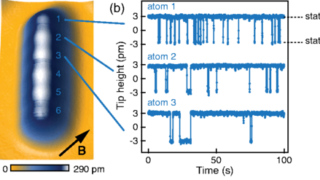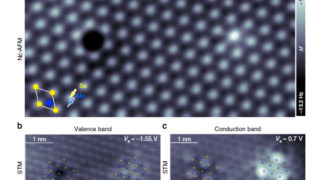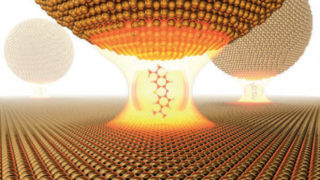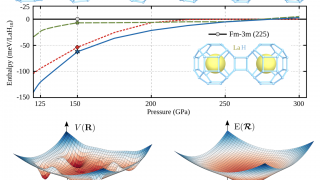
Quantum atomic fluctuations stabilize the crystal responsible for superconductivity at 250 K
Achieving room temperature superconductivity is among the most pursued but elusive goals of scientists. I n December 2014 researchers claimed to have observed superconductivity as high as 200 K in hydrogen sulfide at high pressure, breaking all the records thus far. This meant that cuprates could be knocked from their position as the highest temperature […]
